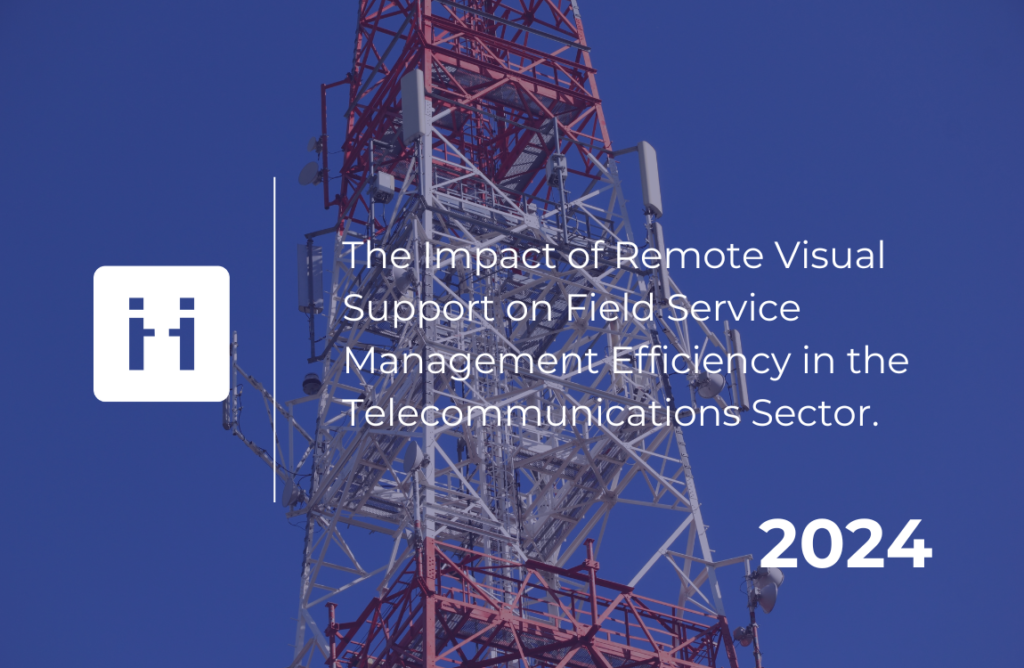Until recently, operational maintenance of telecom infrastructures required emergency interventions to manage unforeseen breakdowns or malfunctions. However, the evolution of technologies and customer expectations has pushed the telecom industry to adopt new approaches, notably leveraging video assistance during field installation and maintenance operations.
The Economic and Environmental Challenges in the Telecommunications Sector
In the telecommunications sector, economic and environmental challenges shape a complex operational landscape.
On one hand, increased competition demands that industry players maintain maximum operational efficiency while offering superior services to attract and retain customers. On the other hand, rapid technological improvements have heightened pressure to reduce equipment obsolescence, minimize costs, and ensure high-performing telecom infrastructure.
Moreover, growing awareness of environmental concerns urges telecom companies to adopt sustainable practices and reduce their carbon footprint.
Thus, telecommunications actors face a dual challenge: finding solutions that optimize both their economic profitability and environmental impact while remaining competitive in an ever-evolving market.
The Role of Field Service Management Solutions
Field service management solutions play a crucial role in transforming installation and maintenance operations in the telecommunications sector.
These digital solutions offer an integrated approach to plan, execute, and monitor field operations, resulting in significant process optimization.
Smart planning, for example, enables companies to maximize resource utilization by assigning tasks to field workers based on their availability, location, and skills, while considering priorities and deadlines. Additionally, optimized travel and routing management reduce travel time, optimize operational efficiency by minimizing kilometers traveled, and avoiding duplicate assignments.
By integrating features such as geolocation and real-time synchronization, these solutions enable seamless coordination between field teams and control centers, enhancing responsiveness and decision-making.
Finally, improved service quality is facilitated by access to relevant equipment information, intervention histories, and troubleshooting guides, enabling field technicians to perform more precise and effective repairs during the first visit.
To sum up, field service management solutions represent a crucial pillar of operational efficiency in the telecommunications sector, enabling companies to proactively address challenges while delivering superior service to their customers.
The Benefits of Remote Visual Support for Telecom Field Teams
Remote visual support represents a major and positive evolution for field teams operating in the telecommunications sector, offering numerous tangible benefits.
Preparation for intervention and remote collaboration
First and foremost, it meets the growing demand for customization, efficiency, and agility in telecom service delivery by enabling real-time interaction between field technicians and remote experts.
By using remote visual support, field workers can also secure their interventions by meticulously preparing for upcoming steps, whether visualizing equipment to repair or familiarizing themselves with access and work environments. This pre-intervention preparation not only optimizes intervention time but also ensures better problem resolution during the first visit, thereby increasing customer satisfaction.
Furthermore, remote visual support facilitates smart remote collaboration by allowing field technicians to seek the expertise of other specialists when encountering complex situations in the field. This ability to pool skills in real-time contributes to increased first-intervention resolution rates, thereby reducing the need for additional travel and associated costs.
In summary, remote visual support is an essential tool for telecom field teams, enabling them to deliver superior service while improving operational efficiency.
Customer Self-Troubleshooting Assistance
In the telecommunications domain, remote visual support also offers users the ability to resolve certain issues themselves, with real-time guidance.
By providing self-troubleshooting scenarios via remote visual support, users can benefit from personalized assistance to resolve common problems, such as equipment configuration or connectivity issues.
This approach significantly reduces the need for on-site interventions while providing customers with a quick and efficient solution to their problems.
The Overall Benefits of Remote Visual Support in the Telecommunications sector
Remote visual support brings significant benefits at various levels, thereby transforming operations in the telecommunications sector.
Firstly, it enhances skill valorization by enabling field technicians to leverage their expertise more effectively, resolving a greater number of operations during the first intervention.
By delivering superior service and fast problem resolution, remote visual support strengthens the brand image of telecom companies, demonstrating their commitment to innovation and customer satisfaction.
Indeed, by offering customers personalized and real-time assistance, remote visual support contributes to increased customer satisfaction by effectively addressing their needs. Furthermore, by optimizing field team travel, remote visual support reduces carbon emissions and carbon footprint, thus facilitating the transition to more sustainable practices.
In summary, remote visual support offers overall benefits by enhancing skills, strengthening brand image, improving customer satisfaction, and promoting environmental sustainability in the telecommunications industry.

